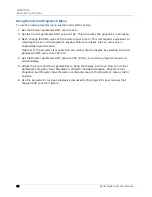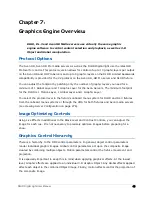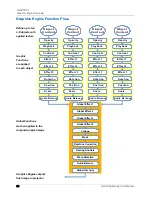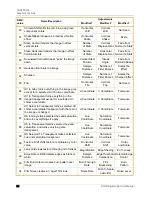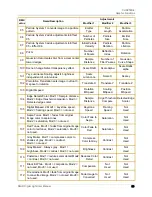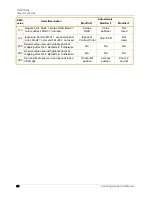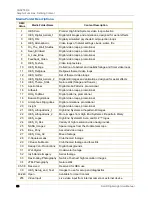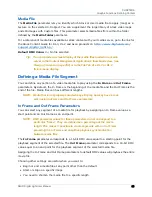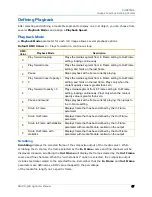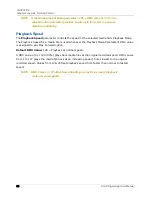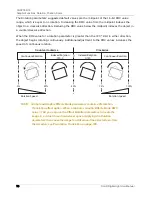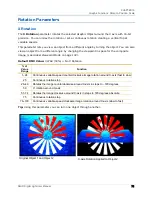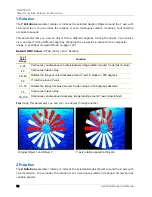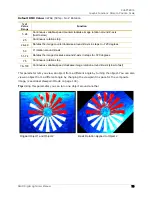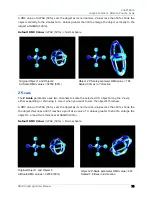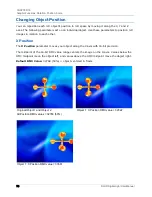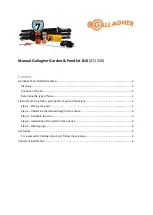
CHAPTER 9
Graphic Functions: Defining Content
62
DLHD Digital Light User Manual
When programming with Wholehog software, the Media Folder and Object parameters default to
1 so choosing any Media File DMX value from 1-35 will display a media loop from the HES Core
folder (Media Folder 1) wrapped on a Flat Plane (Object 1).
NOTE:
The Dimmer, Opacity and Global Intensity Parameters all have to be
greater than zero before the image you create becomes visible.
Content Selection Parameters
The following sections outline parameters you will use to create an image from content and
define its playback. You will set the parameters described in this chapter for each individual
Graphic Object you define.
NOTE: The suggested default DMX values given for each parameter are
recommended to build libraries that provide the easiest and most reliable
content selection, rendering and output. They are the default values built
into the Wholehog libraries for High End Systems consoles.
Object
The Object parameter selects the 3-dimensional object component of an image. Object files are
the 3-D object shapes used to build a total image. The graphics engine supports a combined total
of 255 stock and user-created object files.
Stock Objects have a fixed DMX value and cannot be edited. DMX values 1-149 are reserved for
identifying stock object files. User-created object files must be assigned a unique DMX value from
150-255.
For a reference of 3-D object files available as stock content with your media server and infor-
mation on how to create your own object files, go to the link for the Stock Object Guide for the
DL.3, DL.2 and Axon products on
http://www.highend.com/support/digital_lighting/
.
Default DMX Value: 1 = full screen flat surface
TIP: You can select the same object file for images that will be interacting
with each other. If both objects occupy exactly the same area in 3-D
space,
“Z-fighting” (a shimmering effect) on some portions of the composite
image can occur as the graphics engine tries to determine which object
should be in the foreground.
You can avoid this effect by making a slight adjustment to one of the
object’s scale or moving it forward or back (using the Z Position
parameter) in respect to the other.
Summary of Contents for DLHD High Definition Digital Light
Page 8: ...viii DLHD Digital Light User Manual...
Page 66: ...CHAPTER 5 DMX Programming Basics and Quick Start 44 DLHD Digital Light User Manual...
Page 74: ...CHAPTER 7 Graphics Engine Overview 52 DLHD Digital Light User Manual...
Page 128: ...CHAPTER 12 Global Functions Collage Generator 106 DLHD Digital Light User Manual...
Page 226: ...CHAPTER 13 Effect Mode Options Descriptions 204 DLHD Digital Light User Manual...
Page 230: ...CHAPTER 14 Synchronizing Content 208 DLHD Digital Light User Manual...
Page 284: ...CHAPTER 16 CMA Warp Editor 262 DLHD Digital Light User Manual...
Page 318: ...APPENDIX C Safety Information 296 DLHD Digital Light User Manual...

